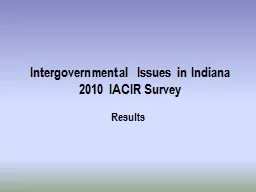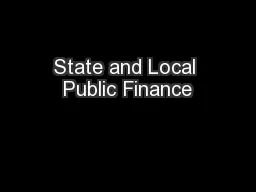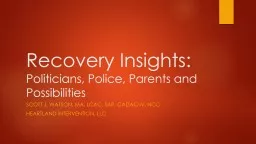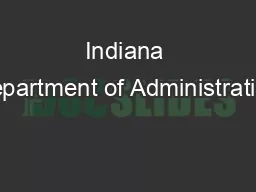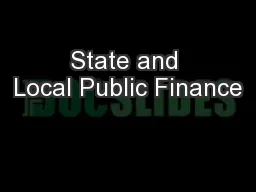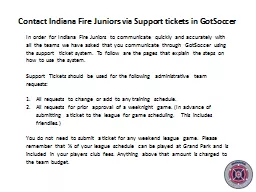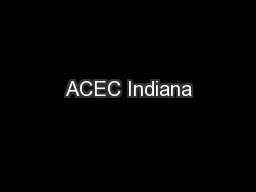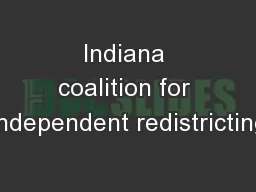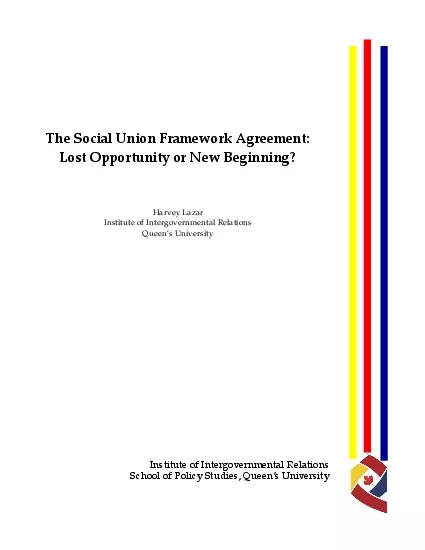PPT-Intergovernmental Issues in Indiana
Author : tatyana-admore | Published Date : 2017-10-15
2010 IACIR Survey Results 2010 Themes Community conditions Effects of property tax caps Responses to property tax caps and revenue reductions Service arrangements
Presentation Embed Code
Download Presentation
Download Presentation The PPT/PDF document "Intergovernmental Issues in Indiana" is the property of its rightful owner. Permission is granted to download and print the materials on this website for personal, non-commercial use only, and to display it on your personal computer provided you do not modify the materials and that you retain all copyright notices contained in the materials. By downloading content from our website, you accept the terms of this agreement.
Intergovernmental Issues in Indiana: Transcript
Download Rules Of Document
"Intergovernmental Issues in Indiana"The content belongs to its owner. You may download and print it for personal use, without modification, and keep all copyright notices. By downloading, you agree to these terms.
Related Documents

